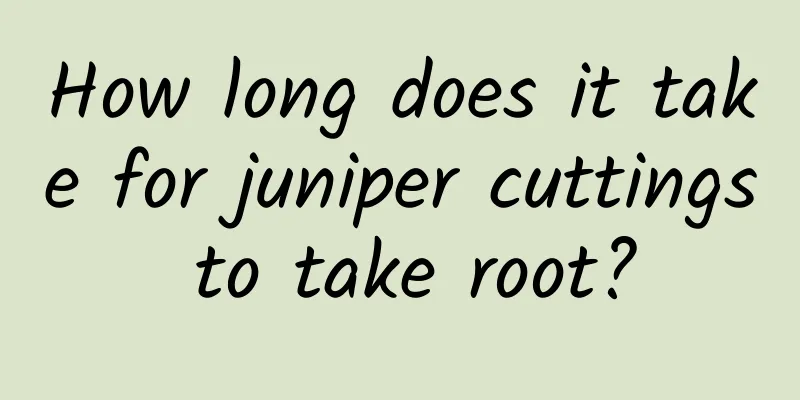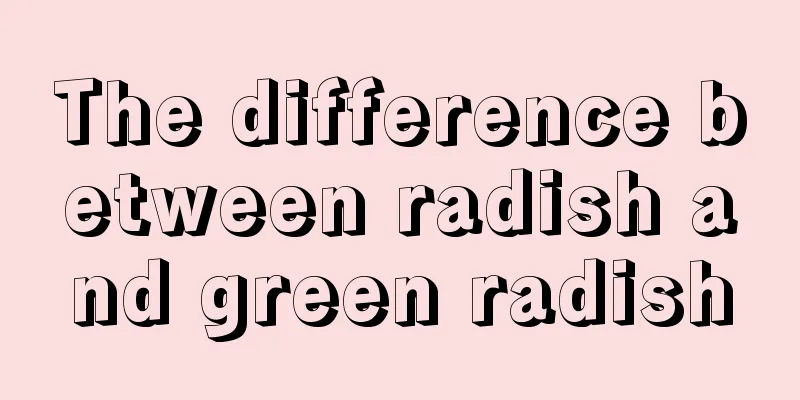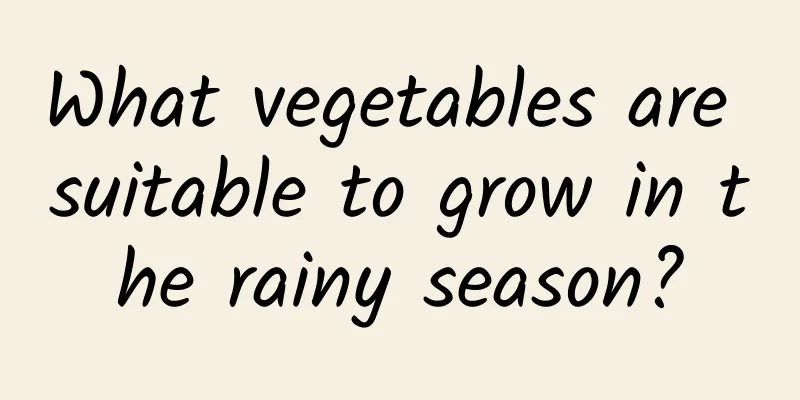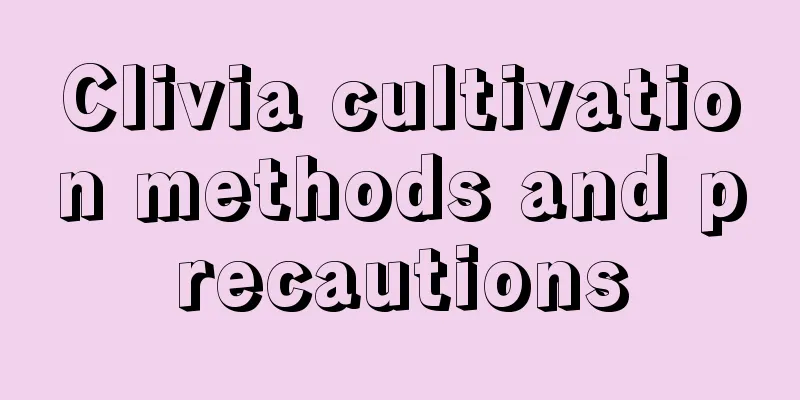Causes and treatments of yellowing leaves of anemone

1. Temperature is too highReason: It likes a cool growing environment and is afraid of high temperatures. Therefore, if the temperature is too high, water will be lost quickly and its leaves will turn yellow and bend. Solution: When the temperature is too high, move it to a ventilated, cool, semi-shaded place for maintenance. At the same time, spraying some water on the leaves can have a cooling effect and reduce damage to prevent other leaves from continuing to turn yellow. 2. Insufficient lightReason: Anemone likes coolness, but also needs light. If it is kept in a cool place with poor light for a long time, the leaves will turn yellow. Solution: Move it to a cool, ventilated place indoors with sufficient diffused light so that it can receive sufficient light. Avoid direct sunlight, as it will burn the leaves and cause problems for the leaves. 3. Too little wateringReason: To grow anemones, the soil needs to be kept moist. If the plant lacks water or is not watered for a long time, its leaves will turn yellow due to insufficient water supply. Solution: Water needs to be added in time to ensure the soil is moist. Then spray some water on the leaves that are less yellow to replenish moisture to help them recover and reduce damage. The water demand is low in winter, so the frequency and amount of watering can be reduced. In rainy seasons, anemones need to be placed in a dry place for maintenance, protected from rain, and watering should be stopped. 4. Insufficient fertilizationCause: Insufficient nutrient supply, malnutrition of the plant, and the leaves will turn yellow. Solution: Nutrients need to be replenished in time, and the frequency and amount of fertilization should be increased. Generally, it is sufficient to apply a thin layer of fertilizer water once every half a month. During the flowering period, in order to promote the formation of flower buds, it can be applied once a week. 5. PestsCause: When plants are infested with insects, the pests will suck the juice from the leaves, hindering their normal growth and causing yellow leaves to appear. Treatment method: It is necessary to find out the cause of the disease in time according to the affected area, use different medicines, and eliminate pests. |
<<: Causes and treatments for yellowing leaves of elmleaf plum
>>: Causes and treatments for yellow elm leaves
Recommend
Can the aerial roots of Kalanchoe survive when planted in the soil? How to plant aerial roots in the soil?
Kalanchoe has strong vitality, and both branches ...
How to grow money tree
How to grow money tree Money tree originally grow...
How to solve the problem that the soil in the flowerpot is too wet and sticky (what to do if the soil in the pot is always wet)
How to solve the problem of stickiness in potted ...
Daylily Flower Language
Flower Language Everyone knows that carnations ar...
How to propagate Deutzia parviflora by cuttings
1. Seedling preparation: First, make a good seedl...
Can hawthorn trees be planted in Hunan?
Can hawthorn trees be grown in Hunan? Hawthorn tr...
Reasons and solutions for Milan's leaf shedding
Milan , also known as Milan, is favored by flower...
The difference between leek and chives
Difference: Look at the leaves The leaves of Onio...
What flowers are suitable for growing in Longnan? What are the city flowers and trees?
1. Climate characteristics of Longnan Longnan'...
Cherry growth conditions and characteristics
Cherry growing conditions Cherries are suitable f...
How to grow sweet osmanthus well
1. Potting soil Osmanthus likes fertile, well-dra...
Can salt water be used to pour over peppers?
Can peppers be poured with salt water? Do not wat...
How long does it take for peanuts to bloom? How long does it take from germination to flowering?
How long does it take for peanuts to bloom? After...
The efficacy and function of aloe vera, how to eat aloe vera
1. Efficacy and Function 1. Protect the intestine...
How many pounds of Bletilla striata per mu
Yield per mu of Bletilla striata The yield of Ble...









